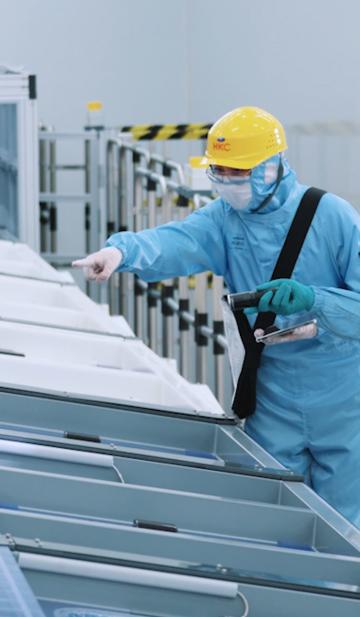
English
©2024 HKC JAPAN. All Rights Reserved
Power by shuwon
about Us
-
Product development
Since its establishment, HKC has continuously increased its R&D investment and continued to strengthen the company's core competitiveness in the semiconductor display field.

Establish a highly competitive R&D team

Highly competitive R&D team
We have a high-level technical team of more than 2,000 people, composed of a group of highly collaborative scientists and engineers. They are passionate and actively explore new possibilities in display technology.

Continuous accumulation of intellectual property rights
More than 10,000 patents have been published; thousands of patent licenses at home and abroad.

Construction of cooperative R&D system
Complete R&D project management system, market-oriented, constantly improving product performance, comprehensively establishing R&D equipment and raw materials in cooperation with universities, scientific research institutes, and industrial chain enterprises

Deployment of R&D center network
Deploy Japanese R&D center
Get the latest technology development trends you want to know

According to the current mainstream development of automotive touch display technology, In-Cell technology stands out in terms of process, sensitivity, brightness, etc., and has gradually replaced OGS, On Cell and other touch panel display technologies as the core of automotive displays.

With the rapid development of the smart car industry, intelligence and networking have become the development trends of the automotive industry, and large-screen integrated vehicle displays have gradually become a trend. Relying on the world's leading automation equipment of the G8.6 generation line, HKC has higher cutting efficiency for small and medium-sized products, and can provide customers with dual-screen and triple-screen display solutions of different sizes.

The curved display image quality improvement process technology adopts dual-side different alignment film (Dual PI) technology. Different alignment films and liquid crystals are matched with each other to form different pretilt angles on the array substrate side and the color filter substrate side. The single-sided pretilt angle is adjusted to a specific The angle is kept within ±0.3 degrees to eliminate dark clusters on the display panel when it is on a curved surface to solve the problem of dark clusters under different curvatures.
